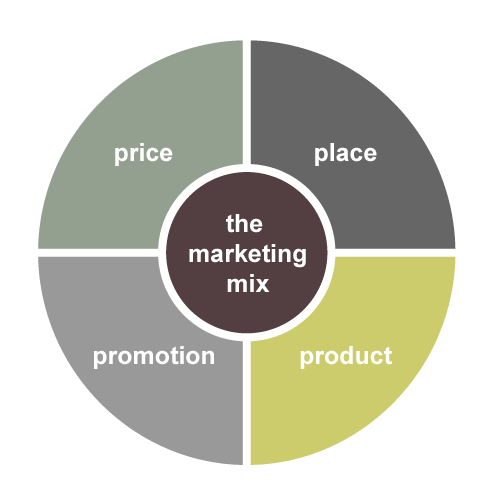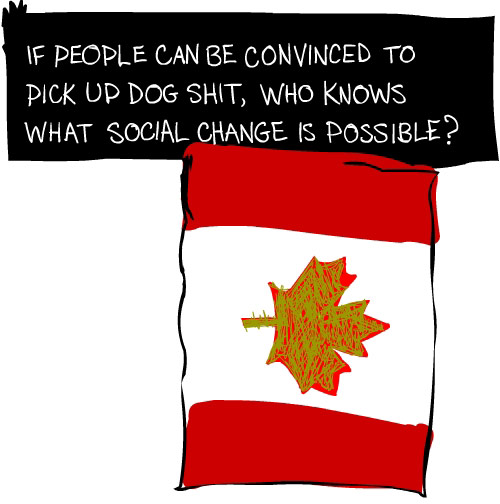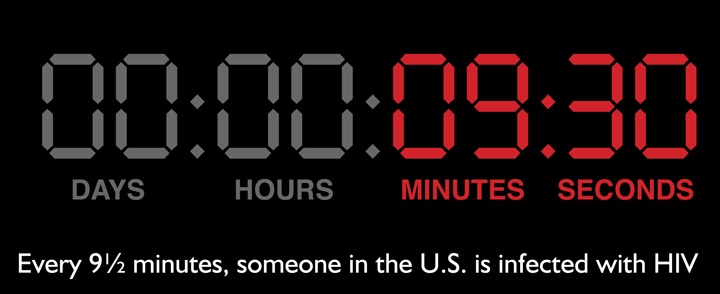 This was the equation at the center of one of Thursday’s New York Times Articles titled: How Understanding the Human Mind Might Save the World from CO2. The article shared insights gained from the Behavior, Energy and Climate Change Conference this past week in Washington D.C., and wouldn’t you know–highlighted social marketing as a potential solution to leading the climate change movement forward.
This was the equation at the center of one of Thursday’s New York Times Articles titled: How Understanding the Human Mind Might Save the World from CO2. The article shared insights gained from the Behavior, Energy and Climate Change Conference this past week in Washington D.C., and wouldn’t you know–highlighted social marketing as a potential solution to leading the climate change movement forward.
I believe the main message from the article is best summed up by one of the quotes from researcher Dr. Doug McKenzie-Mohr:
“Social psychologists have now known for four decades that the relationship between people’s attitudes and knowledge and behavior is scant at best,” said McKenzie-Mohr. “Yet campaigns remain heavily focused on brochures, flyers and other means of disseminating information…I could just as easily call this presentation ‘beyond brochures.”
Beyond brochures. Beyond promotion. Beyond. The article elaborated by pointing to research that knowledge and how we feel about something (attitude) do not always line up with action. So what’s the solution? The article, McKenzine-Mohr and the field of social marketing says: look at the barriers to the desired behavior change. Even simpler, look and study behavior. Even better, look at policy.
McKenzie-Mohr is a leader in what is referred to as community-based social marketing. A specific practice of social marketing that works to address sustainable practices such as recycling, waste water reduction, transportation and other green-related challenges.
I’ve been a fan of McKenzie-Mohr’s research since my grad school days as his research is what initially gave me the hope that social marketing can provide a framework to follow and help us discover lasting solutions to some of our world’s greatest problems–beyond those affecting public health. This week I was further inspired that social marketing has wider implications outside of “public health” by Craig Lefebvre’s recent post that applied social marketing to financial literacy and education.
Key Take-Aways:
- Social marketing can be applied to world issues beyond just public health such as the environment, financial literacy, poverty and other challenges.
- To create “change” or build a movement, look and study behavior change–not your PSA impressions.
- Better yet, consider where policy falls into the equation.
flickr photo credit: doozzle









